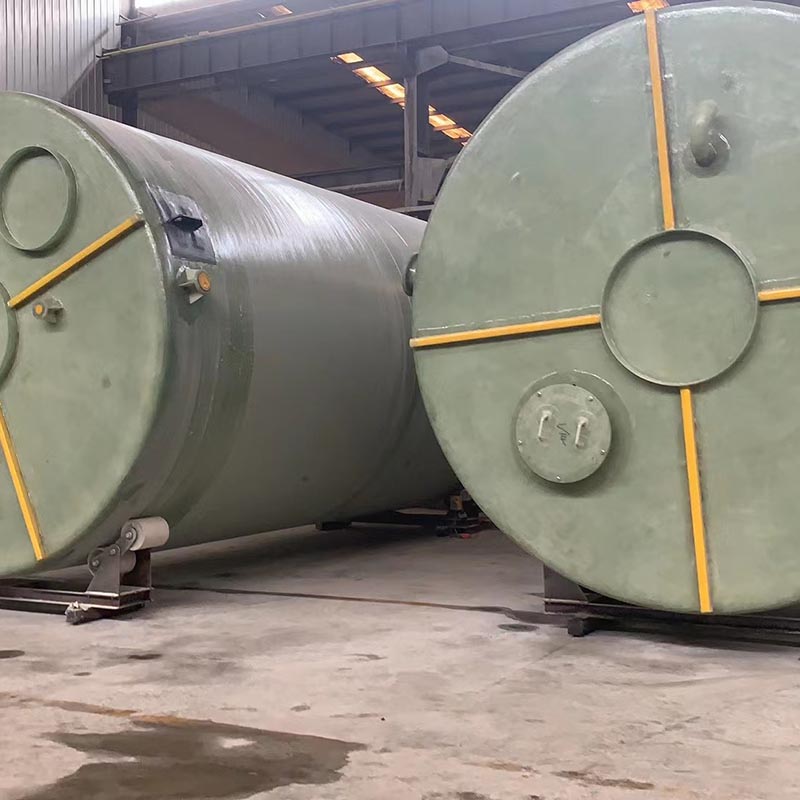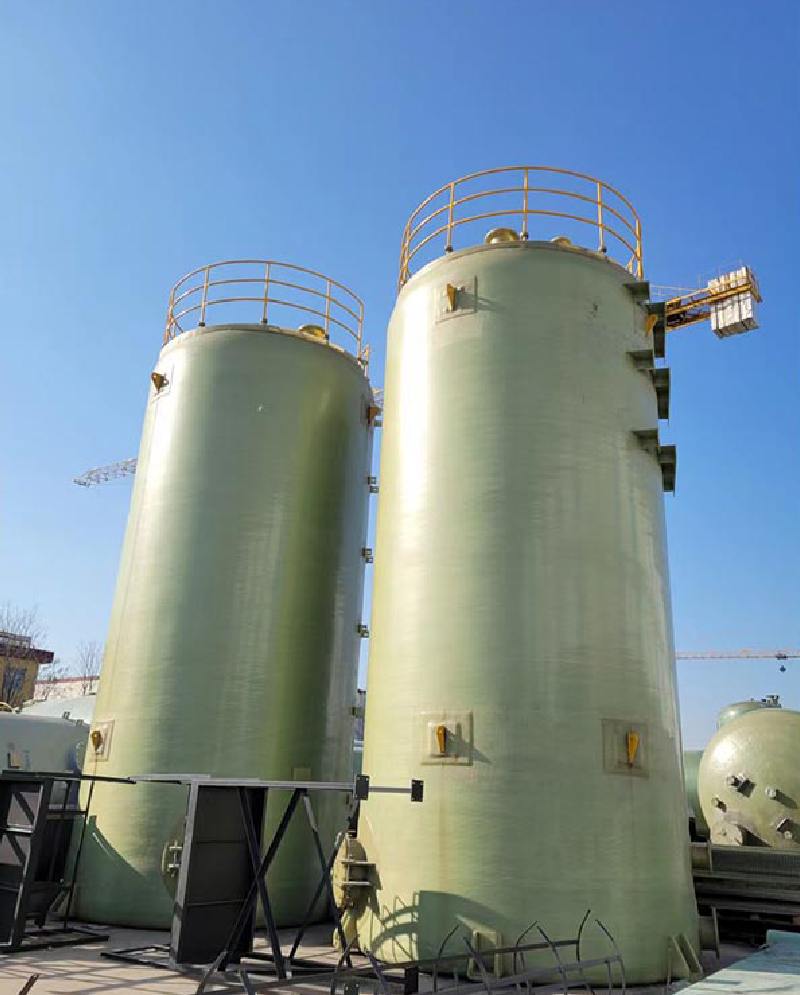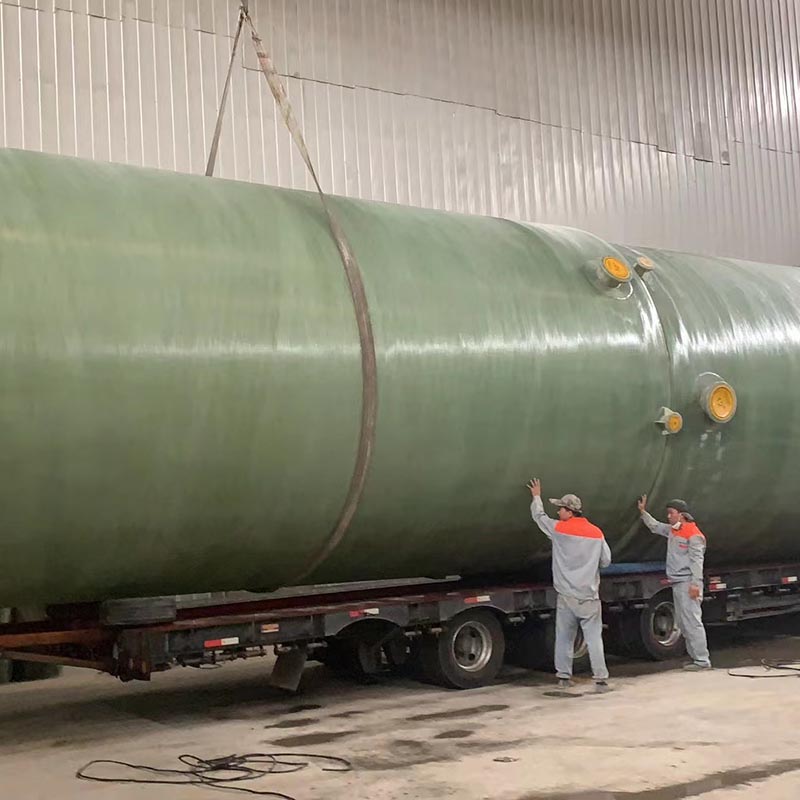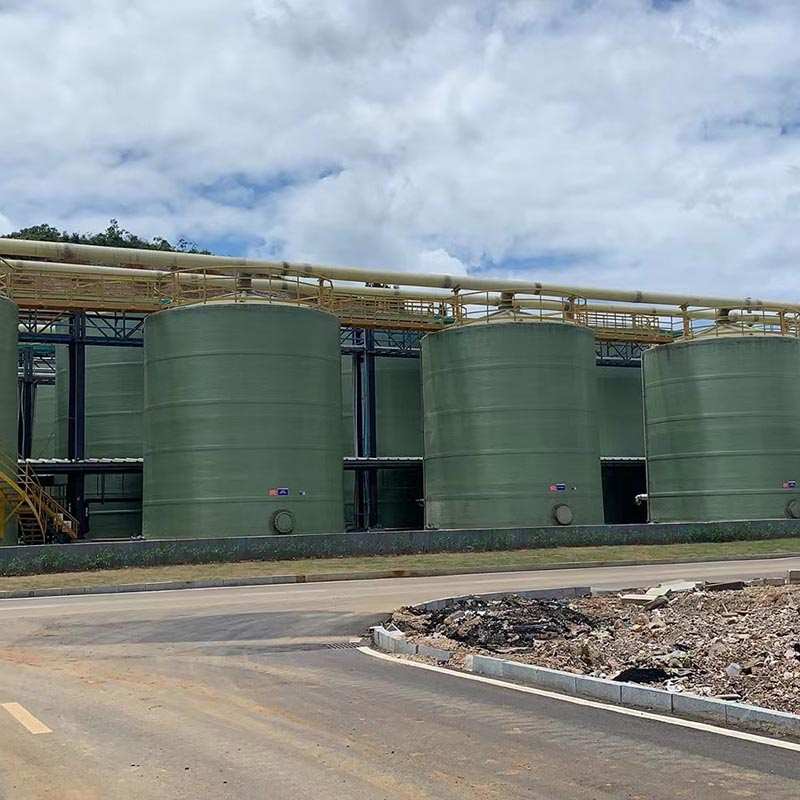(1) Lightweight and high-strength
The relative density ranges from 1.5 to 2.0, which is only 1/4 to 1/5 of carbon steel, but the tensile strength is close to or even exceeds that of carbon steel, and the specific strength can be compared to high-grade alloy steel. Therefore, it has achieved remarkable results in aviation, rockets, spacecraft, high-pressure vessels, and other products that require weight reduction. The tensile, bending, and compressive strength of some epoxy FRP can all reach over 400Mpa.
(2) Good corrosion resistance
FRP is a good corrosion-resistant material that has strong resistance to atmospheric, water, and general concentrations of acids, alkalis, salts, as well as various oils and solvents. It has been applied to various aspects of chemical anti-corrosion and is replacing carbon steel, stainless steel, wood, non-ferrous metals, etc.
(3) Good electrical performance
It is an excellent insulation material used to manufacture insulators. It can still protect good dielectric properties at high frequencies. Microwave transmission is good and has been widely used in radar radomes.
(4) Good thermal performance
FRP has a low thermal conductivity, ranging from 1.25 to 1.67kJ/(m · h · K) at room temperature, only 1/100 to 1/1000 of metal, making it an excellent insulation material. Under the condition of instantaneous ultra-high temperature, it is an ideal thermal protection and ablation-resistant material, which can protect the spacecraft from the erosion of Jet stream above 2000 ℃.
(5) Good designability
① Various structural products can be flexibly designed according to needs to meet usage requirements, resulting in a good overall product.
② Materials can be fully selected to meet the performance of the product, such as those that can be designed to resist corrosion, instantaneous high temperature, have particularly high strength in a certain direction of the product, have good dielectric properties, and so on.
(6) Excellent craftsmanship
① The molding process can be flexibly selected based on the shape, technical requirements, usage, and quantity of the product.
② The process is simple and can be formed in one go, with outstanding economic effects, especially for products with complex shapes and small quantities that are difficult to form, highlighting its technological superiority.
Due to the high flexibility in the design of fiberglass storage tanks and the excellent structural performance of the tank walls, filament-winding fiberglass can change the resin system or reinforcing materials to meet the physical and chemical properties of high-speed fiberglass storage tanks and non-standard devices, in order to meet the needs of different media and working conditions. By adjusting the load-bearing capacity of the tank body through structural layer thickness, winding angle, and wall thickness structure and design, fiberglass storage tanks and non-standard devices with different pressure levels or certain special properties can be made, which cannot be compared to isotropic metal materials.












